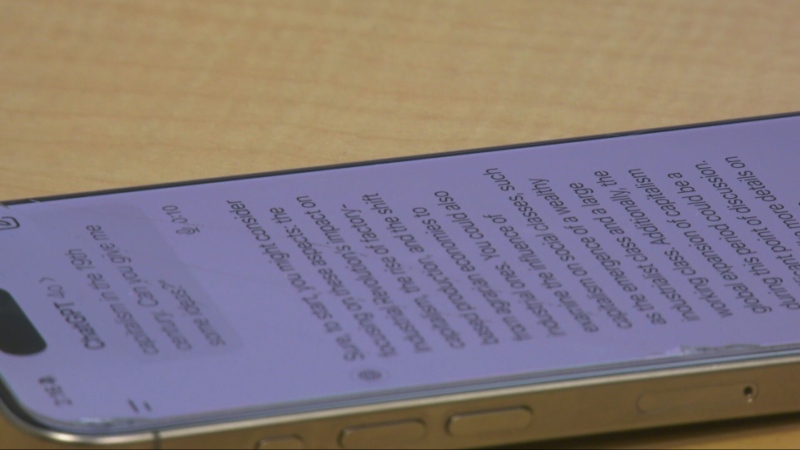Artificial intelligence (AI) has been a hot topic in the education world, with many wondering if it deserves a spot in the classroom. To gain insight on this matter, CTV News reached out to a Manitoba expert for their perspective.
Dr. Sarah Johnson, a professor at the University of Manitoba’s Faculty of Education, believes that AI can be a valuable tool in the classroom, but it should not replace human teachers.
“AI has the potential to enhance the learning experience for students,” says Dr. Johnson. “It can provide personalized learning opportunities and assist with tasks such as grading and data analysis.”
However, Dr. Johnson also emphasizes the importance of human interaction in the learning process. “Teachers play a crucial role in creating a supportive and engaging learning environment for students,” she explains. “AI cannot replace the empathy and understanding that comes from a human teacher.”
One concern with incorporating AI in classrooms is the potential for bias and discrimination. Dr. Johnson acknowledges this issue and stresses the need for ethical guidelines and regulations when using AI in education.
“AI is only as unbiased as the data it is trained on,” she says. “It is crucial for educators to critically examine the data and algorithms used in AI systems to ensure they are not perpetuating any biases.”
Another concern is the impact of AI on employment for teachers. However, Dr. Johnson believes that AI can actually create new opportunities for teachers.
“AI can assist with tasks such as grading and data analysis, allowing teachers to focus on more meaningful and creative aspects of teaching,” she explains. “It can also open up new roles for teachers, such as AI curriculum developers and trainers.”
In conclusion, while AI can bring many benefits to the classroom, it should not replace human teachers. Dr. Johnson emphasizes the need for ethical guidelines and regulations to ensure AI is used responsibly and does not perpetuate biases. With proper implementation, AI can enhance the learning experience for students and create new opportunities for teachers.




